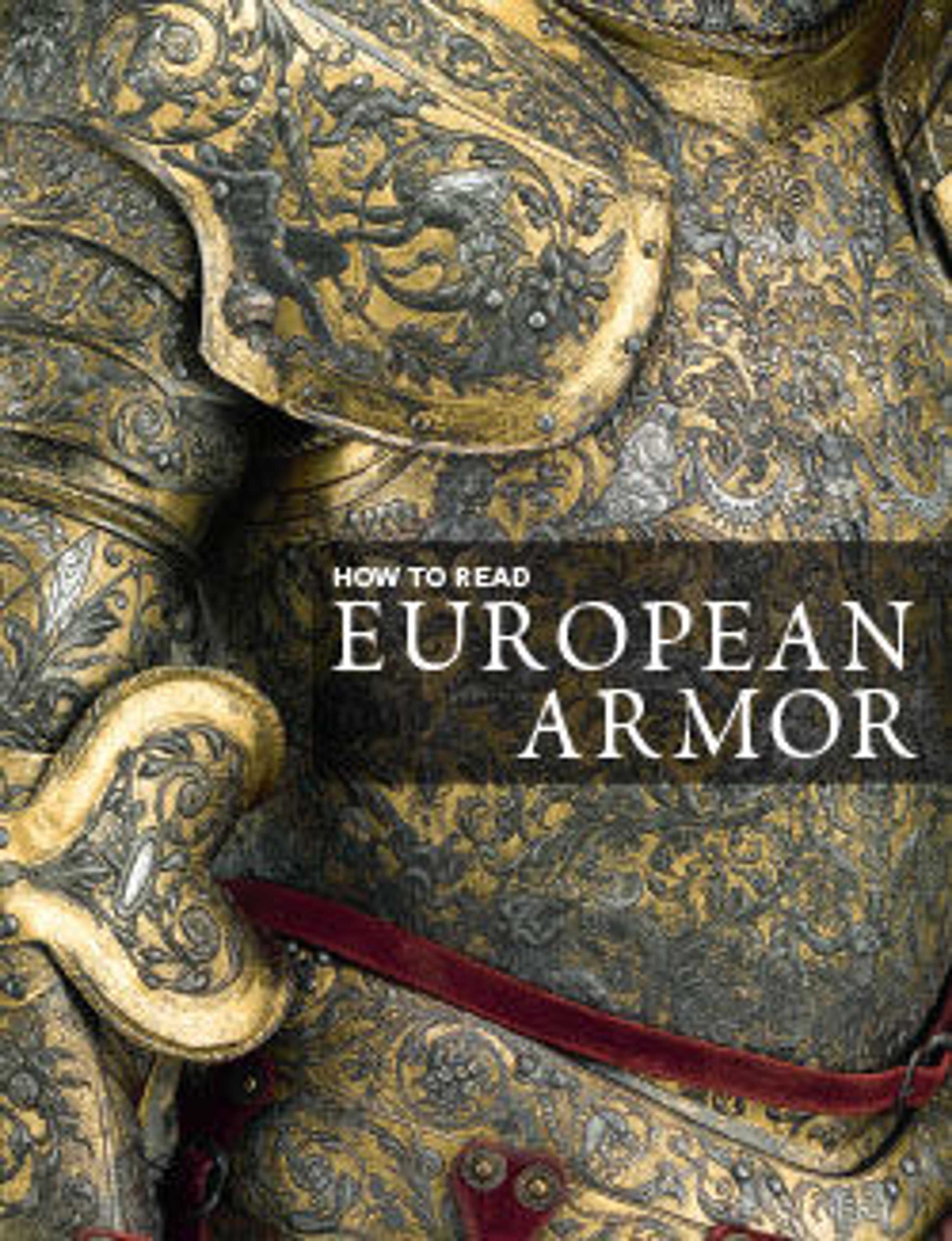Foot-Combat Armor of Prince-Elector Christian I of Saxony (reigned 1586–91)
Combat on foot between contestants separated by a waist-high barrier was a popular sport in European courts of the sixteenth and seventeenth centuries. It could be staged indoors or out and was fought with pikes and swords. A prescribed number of blows was allowed with each weapon. The presence of the barrier and strict rules prohibiting strikes below the belt made leg armor unnecessary.
Artwork Details
- Title:
Foot-Combat Armor of Prince-Elector Christian I of Saxony (reigned 1586–91)
- Armorer: Anton Peffenhauser (German, Augsburg, 1525–1603)
- Decorator: Decoration attributed to Jörg Sorg the Younger (German, Augsburg, ca. 1522–1603)
- Date: 1591
- Geography: Augsburg
- Culture: German, Augsburg
- Medium: Steel, gold, leather, copper alloy
- Dimensions: H. 38 11/16 in. (98.2 cm); Wt. 46 lb. 3 oz. (20.96 kg); helmet Wt. 11 lb. 9 oz. (5245 g)
- Classification: Armor for Man-1/2 Armor
- Credit Line: Gift of Henry Walters, 1927
- Object Number: 27.206a–l
- Curatorial Department: Arms and Armor
Audio
4426. Foot-Combat Armor of Prince-Elector Christian I of Saxony, Part 1
Listen to more about this artwork
More Artwork
Research Resources
The Met provides unparalleled resources for research and welcomes an international community of students and scholars. The Met's Open Access API is where creators and researchers can connect to the The Met collection. Open Access data and public domain images are available for unrestricted commercial and noncommercial use without permission or fee.
To request images under copyright and other restrictions, please use this Image Request form.
Feedback
We continue to research and examine historical and cultural context for objects in The Met collection. If you have comments or questions about this object record, please complete and submit this form. The Museum looks forward to receiving your comments.
